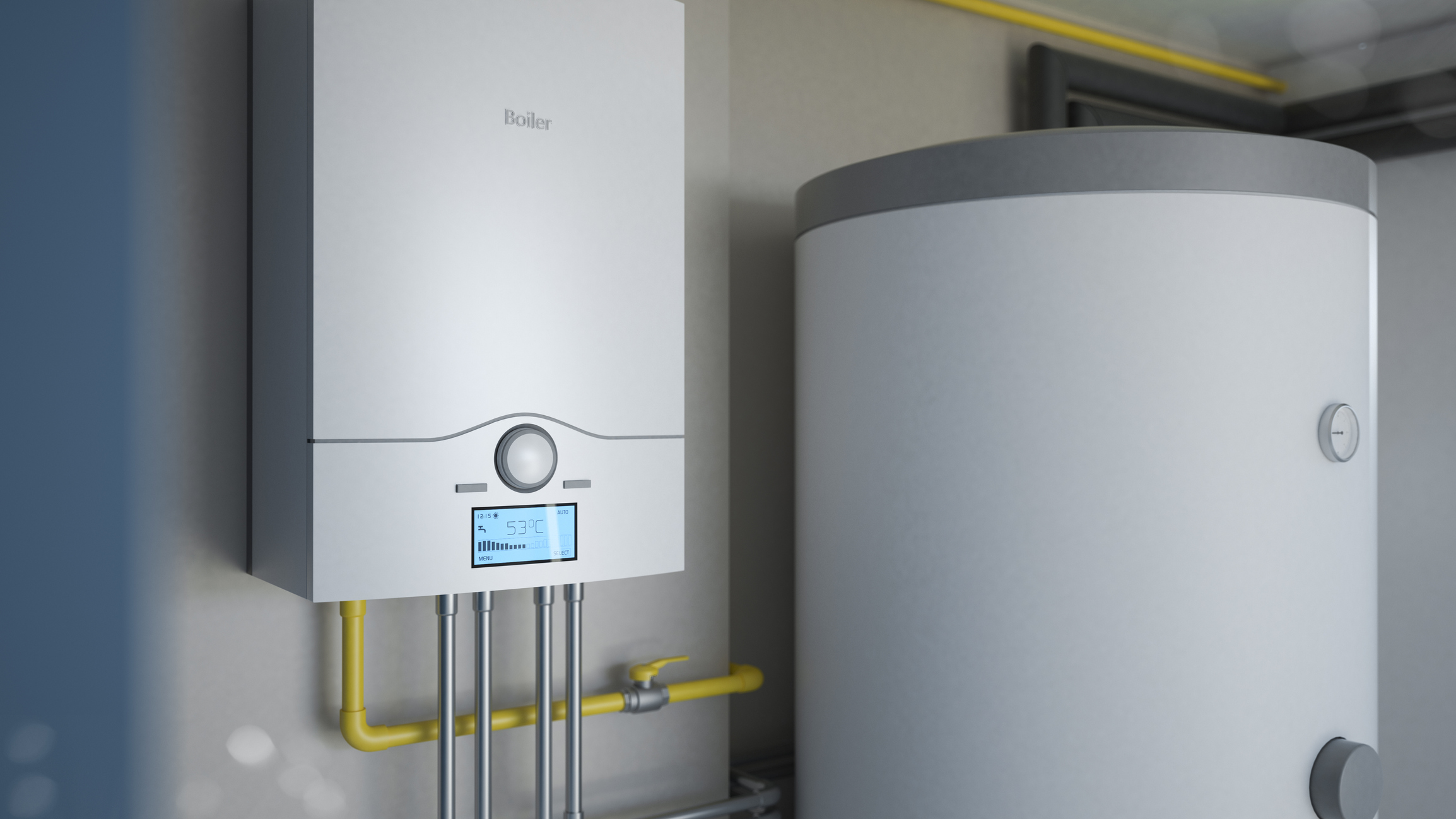Best Practices for Maintaining Your Home's Hot Water System
Best Practices for Maintaining Your Home's Hot Water System
Blog Article
Just how do you actually feel on the subject of How to Maintain a Hot Water Heater in a Few Simple Steps?

Warm water is essential for everyday convenience, whether it's for a refreshing shower or cleaning dishes. To ensure your warm water system runs efficiently and lasts much longer, regular maintenance is vital. This short article offers sensible suggestions and understandings on exactly how to keep your home's hot water system to avoid disturbances and expensive repair work.
Intro
Maintaining your home's hot water system could seem daunting, however with a couple of simple steps, you can guarantee it runs smoothly for several years to find. This overview covers whatever from recognizing your hot water system to DIY maintenance pointers and understanding when to call in specialist help.
Importance of Keeping Your Warm Water System
Regular maintenance not just expands the life-span of your warm water system however likewise guarantees it operates successfully. Ignoring maintenance can result in reduced performance, greater power costs, and even premature failure of the system.
Indications Your Hot Water System Needs Maintenance
Understanding when your hot water system needs attention can avoid major issues. Look out for signs such as inconsistent water temperature, unusual noises from the heater, or rusty water.
Purging the Hot Water Heater
Purging your hot water heater gets rid of debris build-up, enhancing effectiveness and prolonging its life.
Checking and Replacing Anode Rods
Anode poles protect against deterioration inside the storage tank. Examining and changing them when broken is important.
Facility Issues Needing Professional Assistance
Instances consist of major leakages, electric problems, or if your hot water heater is continually underperforming.
Regular Professional Upkeep Conveniences
Expert maintenance can include thorough inspections, tune-ups, and making certain conformity with security requirements.
Inspecting and Readjusting Temperature Level Settings
Adjusting the temperature level settings guarantees optimum efficiency and security.
DIY Tips for Upkeep
You can do a number of upkeep tasks on your own to maintain your hot water system in top problem.
Checking for Leaks
Regularly inspect pipelines and links for leakages, as these can cause water damage and greater expenses.
Understanding Your Warm Water System
Prior to diving into maintenance jobs, it's practical to comprehend the basic parts of your hot water system. Typically, this consists of the water heater itself, pipelines, anode rods, and temperature level controls.
Monthly Maintenance Tasks
Routine month-to-month checks can assist capture small concerns prior to they escalate.
Checking Stress Alleviation Valves
Examining the pressure safety valve ensures it operates correctly and protects against extreme stress buildup.
Shielding Pipes
Shielding hot water pipelines reduces warmth loss and can save power.
When to Call a Professional
While do it yourself maintenance is beneficial, some problems require expert competence.
Conclusion
Regular upkeep of your home's warm water system is vital for effectiveness, long life, and cost financial savings. By following these suggestions and recognizing when to look for professional aid, you can ensure a dependable supply of warm water without unanticipated disruptions.
How to Maintain an Instant Hot Water Heater
Before tinkering with your hot water heater, make sure that it’s not powered on. You also have to turn off the main circuit breaker and shut off the main gas line to prevent accidents. Also turn off the water valves connected to your unit to prevent water from flowing into and out of the appliance. 2. When you’re done, you have to detach the purge valves’ caps. These look like the letter “T†and are situated on either side of the water valves. Doing so will release any pressure that has accumulated inside the valves while at the same time avoid hot water from shooting out and burning your skin. 3. When the purge valves’ caps are removed, you have to connect your hosing lines to the valves. Your unit should have come with three hoses but if it didn’t, you can purchase these things from any hardware or home repair shops. You can also get them from retail stores that sell water heating systems. Read the user’s manual and follow it to complete this task properly. When the hosing lines are connected, open the purge port’s valves. 4. You should never use harsh chemical cleaners or solutions when cleaning your unit. Make use of white vinegar instead. It should be undiluted and you’ll probably use about 2 gallons. 5. Now flush your water heater. This task should probably take about 40 minutes. We can’t give you specific directions for this because the procedure is carried out depending on the type, model and brand of your heater. With that being said, refer to the user’s manual. 6. When you’re done draining the unit, you have to turn off the purge port valves again. Remove the hosing lines that you earlier installed on each of the water valves. Put the valve caps (purge port) back in their respective places and be very careful so as not to damage the rubber discs that are found inside these caps. 7. Now that everything’s back in place, check your user’s manual again to find out how to reactivate your water heating system. 8. Once it is working, turn one of your hot water faucets on just to let air pass through the heater’s water supply pipes. Leave the tap on until water flows smoothly out of it. https://www.orrplumbing.com/blog/2014/september/how-to-maintain-an-instant-hot-water-heater/

Hopefully you liked our post on Water Heater Maintenance Tips You Can't Afford to Forget. Thanks so much for taking time to read our article. Loved our write-up? Please quickly share it. Help somebody else find it. I truly appreciate your readership.
Call Today Report this page